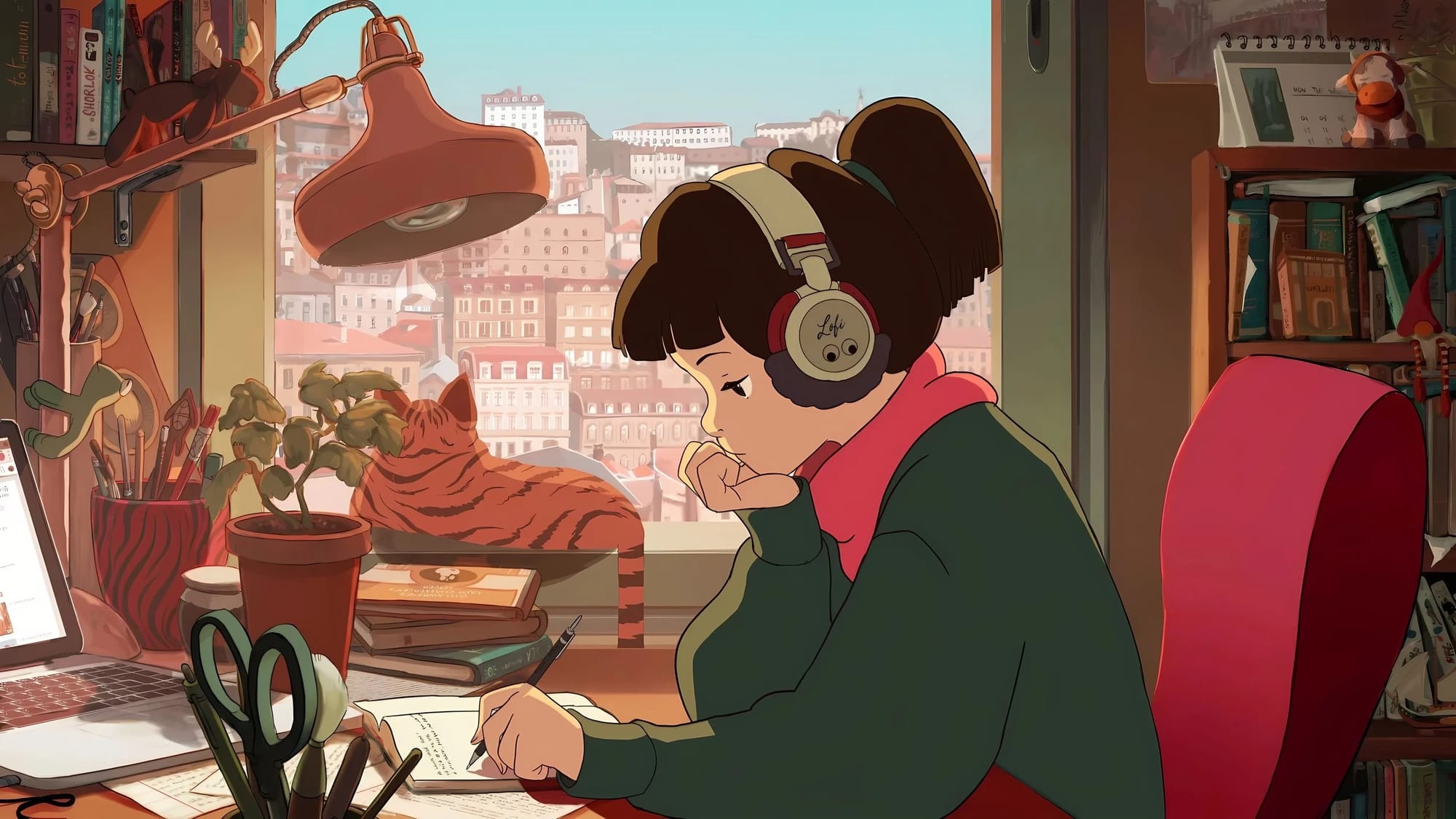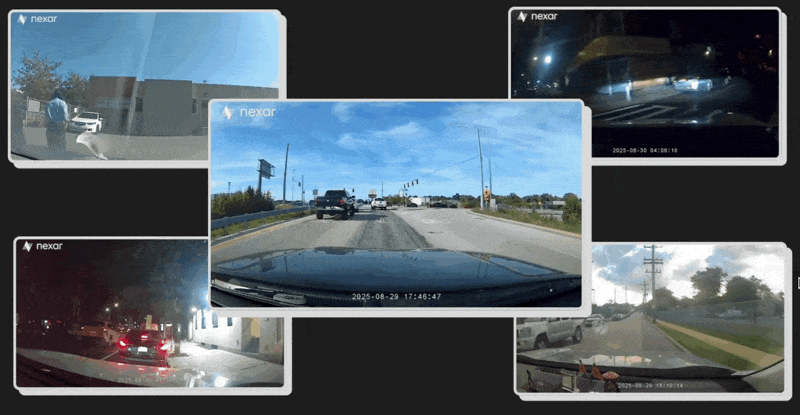I am so grateful to everyone who has read my new novel Lessons in Magic and Disaster already. And especially to everyone who’s been reviewing it, shouting about it online, and telling their friends about it. Word of mouth is everything these days, and it means the world to me that y’all are talking about this book. Thank you so much.
In case you missed it, Lessons in Magic and Disaster is about a young witch who teaches her mother how to do magic. It’s also about queer families and how we get through challenging stuff. Plus brazen women of the eighteenth century! Kara Reviews writes, “Unexpectedly healing and wholesome, Lessons in Magic and Disaster is queer, witchy, and compassionate in just the right amounts.”
You can get it anywhere, but I’ll still sign/personalize/doodle copies from Green Apple.
What it means when they call you an NPC
Lately my mind has been circling around a weird thought.
You have a cadre of absolute bedknobs who go around calling the majority of humans "NPCs." (Which stands for “non-player-characters”.) Meaning that most of us, to them, are the same as the computer-generated people in video games, who behave in predictable, algorithmically-generated ways and have no minds or thoughts of our own. We're not just non-people, we're essentially part of the scenery. We're only there to give the "real" people (a tiny minority of humans) something to interact with.
And meanwhile, tech leaders keep insisting that we should outsource human creativity and critical thought to LLMs and chatbots. Essentially they want us to give our interiority — the thing that makes us more than NPCs — to an algorithm and let it do our thinking for us.

My highly subjective sense is that these two groups of people are basically the same. The venn diagram is a circle.
In other words, the people who claim that we're all NPCs are spending all of their time trying to turn us into NPCs for real.
I do not believe this project started with Chat-GPT or Grok or whatever. I think it's been going on for years, if not decades: tech trying to seduce us into letting it do our thinking for us. Algorithms trying to tell us what to believe. This concept has been embedded in social media, in apps, in all the little conveniences that have taken away some of the burden of independent thought, bit by bit. This is part of why democracy is in such huge trouble.
But so-called "A.I." represents a major escalation of this project. And a host of studies suggest that it's working: people who use Chat-GPT for hours every day show reduced levels of critical thinking skills and atrophying creativity. We're letting the machine do our thinking for us, and it's making the narcissistic "NPC" slander closer to the truth.
So I think it's important to drill down into what it means for most human beings to be NPCs, and why we need to resist this notion as hard as we can. But first, here's some music to read the rest of this essay by:
That's the late, great Walter "Wolfman" Washington telling it like it is.
Obviously, thinking of your fellow human beings as NPCs is revoltingly dehumanizing. It is a way of taking away not just agency, but also authority, from other people. It's utterly pathetic that a person would only feel as though they have agency if other people do not. That is the sign of a weak individual.
And it's essential to think of the push to use algorithmic thought-prostheses as dehumanization. They don't want us to use our own critical faculties — because if we are full human beings, then the failure of their chatbots to evolve into anything greater becomes more apparent. The only way to make a chatbot into something more is for us to be less.
And yet, in the process of reframing the rest of us as NPCs, they are also turning themselves into less than full humans.

An NPC in a game is there for the player to react to. The NPC is part of the scenery, but it's also a feature of gameplay that you have to interact with and respond to. In many games, the player’s choices are somewhat constrained by what the game allows. You can't decide to stop killing zombies and open a fruit stand, if the game is about killing zombies. The NPCs, in many cases, are part of what constrains a character's choices in a game. Thus, when you start thinking of other people as NPCs, you also start to think in ways that mean your own choices are limited.
In other words, turning some people into NPCs makes all of us less-than — even the people who are supposedly players in a game that the rest of us merely participate in.
My other thought is that the sort of person who believes that algorithms can replace human thought, and who sees other people as NPCs, is often obsessed with efficiency. Every minute of the day must be exploited for its maximum value. We must be extreemly haaaardcore. We must rise and grind. A true winner is constantly maximizing their time.
This feels like an extremely impoverished way of thinking about life, even to an extreme workaholic such as myself. But it's also a worldview that thinks of things only in terms of will. Life is an exertion of willpower. The superior person has a strong will and uses it to push through and overcome challenges. Etc, etc.
You know who is driven by a single objective and never stops to question or reflect? An NPC.

We are dealing with people who are trapped in an incredibly limiting paradigm, of relentless, goal-driven work. They cannot imagine any other way to be, because they will not take the time to use their imaginations at all, and so they desperately need the rest of us to join them in hell.
I really do think this is a case where every accusation is a confession. They accuse us of being NPCs not simply because they want us to become NPCs, but also because that is what they have been systematically turning themselves into.
Music I Love Right Now
The 1960s-1970s funk-rock band Sly & the Family Stone are having a moment, thanks mostly to Questlove’s incredible documentary Sly Lives! and its accompanying soundtrack. A previously unheard concert from 1967 was released a while back, called The First Family: Live at Winchester Cathedral 1967.
I’ve been listening to it on and off, and I like it a lot. But it also does not sound particularly special to me? It’s a really great concert by a soul/R&B band in 1967, but you only get the slightest hints of what this band would become in a year or two. The only original song (i.e., not a cover) is “I Ain’t Got Nobody,” which could easily be an Otis Redding b-side. There are a few moments that sound a bit like the breakdown of “Dance to the Music”.
What’s missing? Rose, Sly’s sister, hadn’t joined the band yet. Larry Graham still isn’t playing the bass with the thump-and-pluck intensity he brought later. There’s not much in the way of psychedelic vibes, such as you’d hear on their debut album, A Whole New Thing. You could put this alongside Live at the Haunted House 1968 by Charles Wright and the 110th Street Watts Rhythm band — both albums sound pretty similar to me, though Haunted House has more extended jam sessions and feels a bit more adventurous.
So I’m enjoying The First Family a lot, but it feels like it’s for Sly & the Family Stone completists rather than casual listeners. If you wanna hear Sly at the height of his powers, try The Woodstock Experience or Live at the Fillmore East.






